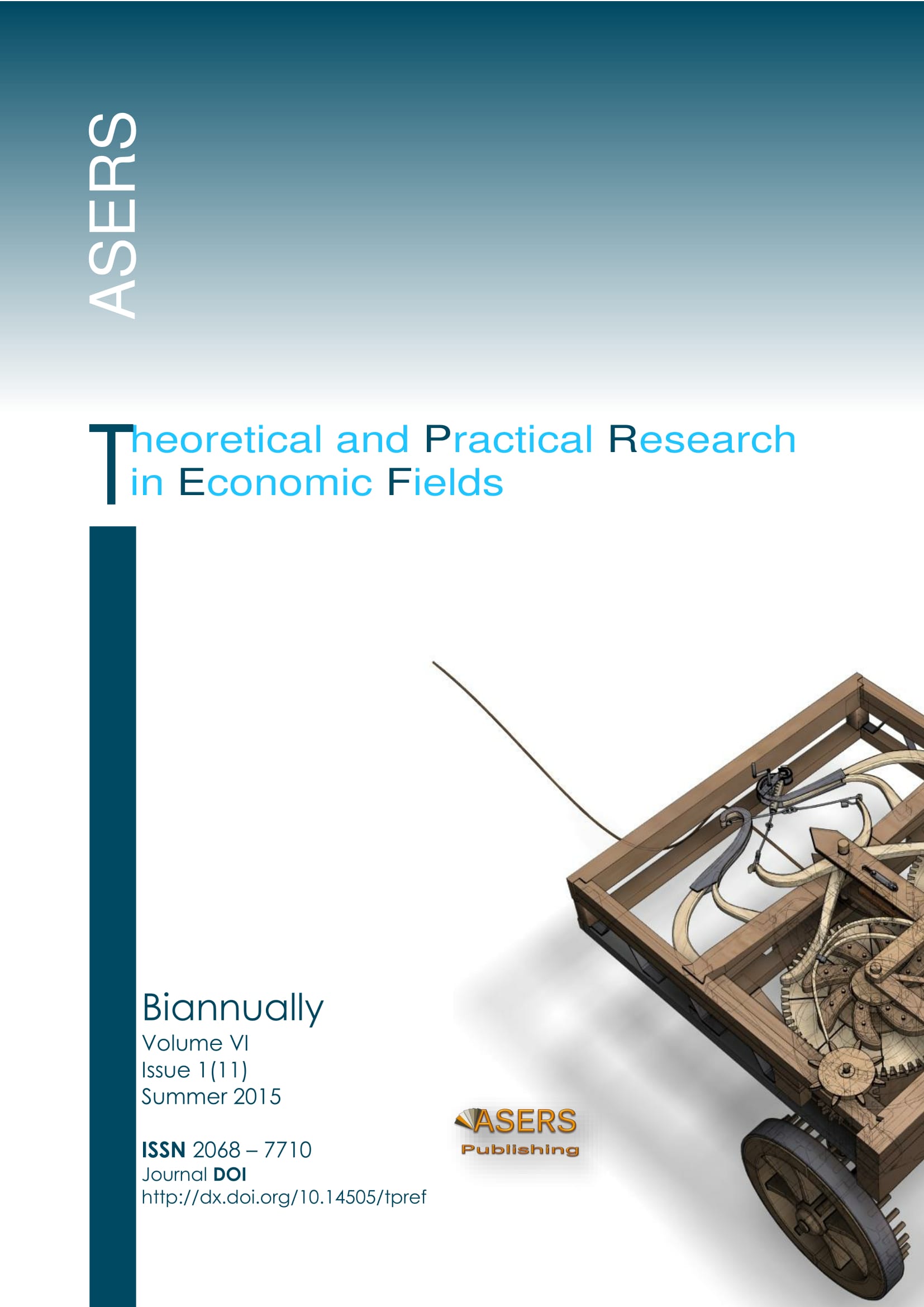Spatial Analysis of Income Growth in the
Philippines: Evidence from Intra-Country
Data
Spatial Analysis of Income Growth in the
Philippines: Evidence from Intra-Country
Data
Author(s): Albis Manuel Leonard F., MAPA Dennis S., Comandante Dorcas Mae P., Cura Josephine D., Ladao Maureen P.Subject(s): Accounting - Business Administration
Published by: ASERS Publishing
Keywords: spatial dependence; Moran’s index; intra-country growth mode
Summary/Abstract: This paper looks at the spatial relationship of the average per capita income growth using provincial data from 1988 to 2009. The results from the study provide insights on the geographical dimensions of provincial income growth and showed evidence on the role of spatial effects in the formal econometric analysis of intra-country income growth models. Despite data limitations, the study provides a strong empirical evidence of the presence of positive spatial dependence or degree of similarity in the average per capita income growth of the provinces, albeit the degree of positive spatial dependence weakens in the latter periods. This positive spatial correlation suggests the provinces may be converging in terms of their income growth and they do so in movements similar to their neighbors. Moreover, the study shows that spatial dependence weakened in the latter periods (1994-2000 and 2000-2009). The weakening of spatial dependence may provide insights on the uneven provincial/regional income growth experienced in the country. One possible explanation of the weak spatial dependence is that two or more groups of neighboring provinces are growing at similar rates within the group, but at different rates across groups. This opens the possibility of having different convergence clubs (of provinces) within the country.
Journal: Theoretical and Practical Research in Economic Fields (TPREF)
- Issue Year: VI/2015
- Issue No: 11
- Page Range: 5-20
- Page Count: 15
- Language: English
- Content File-PDF

